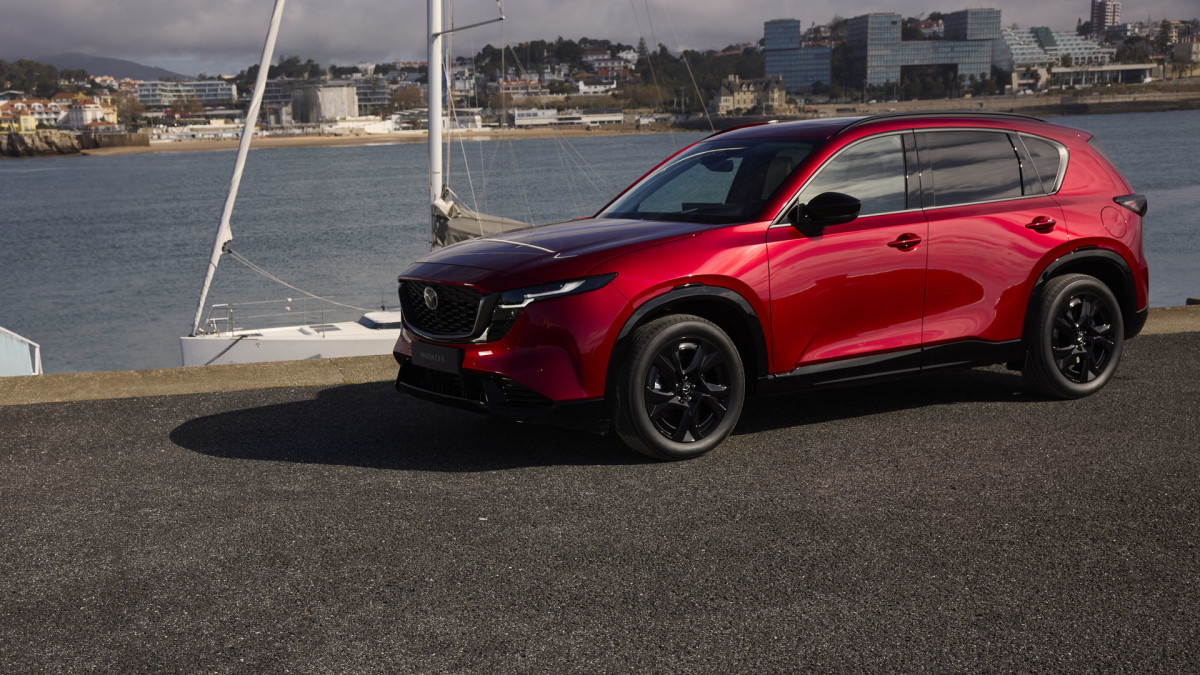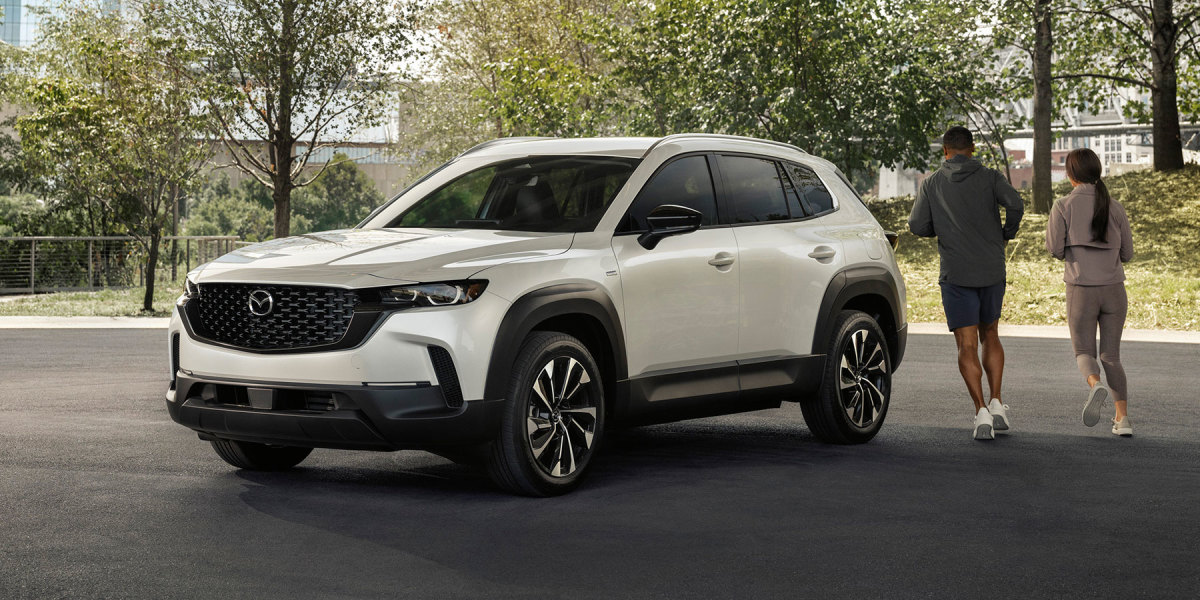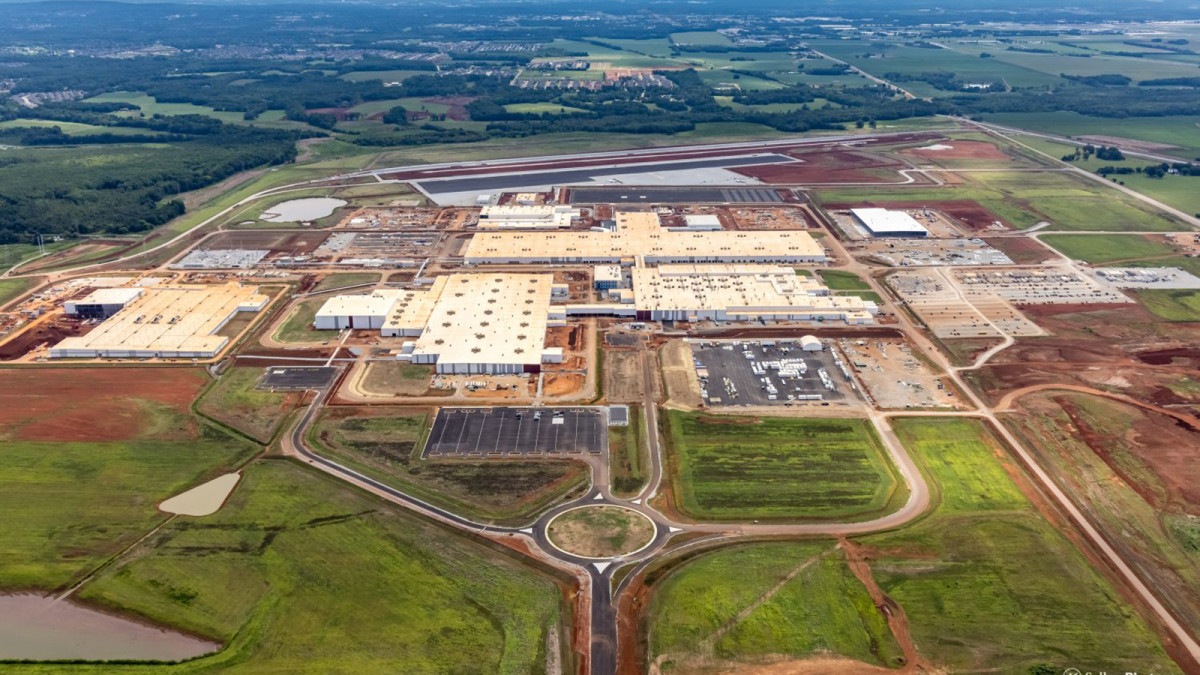CX-5 for City, CX-50 for Adventure
Despite sharing a segment, a badge, and even some drivetrain DNA, Mazda insists the CX‑5 and CX‑50 are not competitors — at least not with each other. With the 2026 CX‑5 officially confirmed and the CX‑50 continuing strong into 2025, Mazda has laid out a clear case for why these two compact SUVs aren’t stepping on each other’s toes.
“We believe in the coexistence of these two vehicles because this is the largest segment in the industry,” said Stefan Meisterfeld, VP of Strategic Planning at Mazda North America, in an interview with Motor1. “We see customers who lean more towards the urban, sophisticated direction — which is obviously CX‑5. But we also see the more rugged and more adventure-oriented customer in the CX‑50.”
Mazda
Two Mazdas, Two Philosophies
The CX‑5 has long been Mazda’s bread-and-butter crossover — stylish, city-friendly, and road-focused. The redesigned 2026 model continues that legacy with sharp new styling, meaningful cabin upgrades, and the introduction of a Mazda-developed hybrid system. As we reported recently, the new CX‑5 brings stunning innovations to one of the most crowded vehicle classes in the country, and it’s doing so without copying the CX‑50’s playbook.
Meanwhile, the CX‑50 is all about versatility. It rides a bit higher, wears more rugged bodywork, and has quickly gained traction with weekend adventurers and trail-goers. It’s also the first Mazda built in Alabama alongside Toyota, and the first to use Toyota’s hybrid system. In fact, the 2025 CX‑50 Hybrid offers up to 38 mpg, standard AWD, and the kind of confident steering feel that’s earned praise across the board — even from drivers loyal to Honda.
Mazda
Built for Different Buyers
Meisterfeld says Mazda is one of the only mainstream brands offering two compact SUVs in the same class with such distinct identities. “We see them coexist perfectly next to each other… I think we have a unique proposition here.”
The sales data backs that up. In 2024, Mazda moved over 134,000 CX‑5s and nearly 81,000 CX‑50s, making them the brand’s top-selling vehicles behind only the subcompact CX‑30. With both models pulling their weight and appealing to different types of buyers, there’s no immediate need to choose one over the other.
For those still undecided, the CX‑50 review offers a helpful breakdown: it’s got capability, efficiency, and genuinely good looks — though its ride comfort and interior materials leave room for thought.

What’s Next?
Mazda has already confirmed the CX‑5 Hybrid will arrive in 2027, using an in-house system rather than Toyota’s setup. While the CX‑50 Hybrid is focused on fuel economy and affordability, the CX‑5’s future hybrid will lean toward performance and Mazda’s signature driving feel.
Built in Japan, the CX‑5 will maintain its distinct flavor — smooth, athletic, and focused. The CX‑50, built in Alabama and tuned for active lifestyles, will continue to do its own thing. They share a segment, yes, but according to Mazda, that’s where the overlap ends.